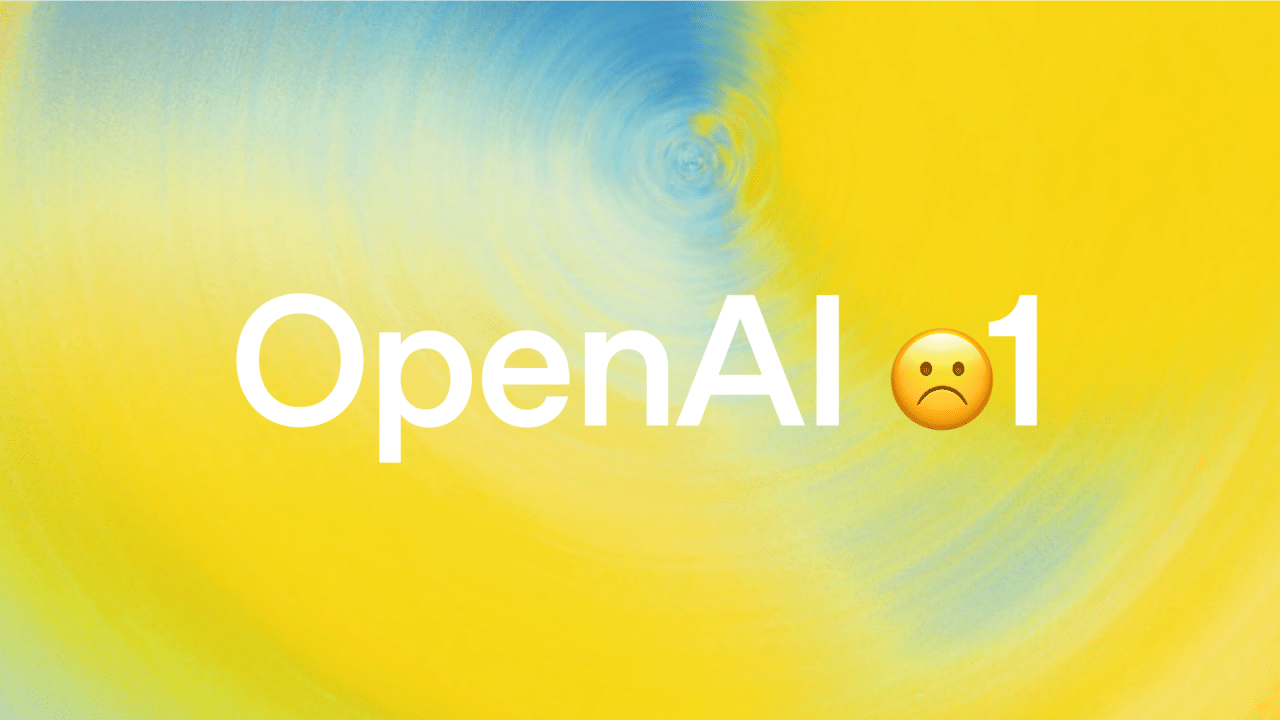OpenAI’s New AI Model: Insights and Implications

Last month, OpenAI introduced its latest series of artificial intelligence (AI) models, known as the o3 series. This unveiling took place during a live stream, where the company showcased impressive benchmark scores from internal testing. Among these scores, one stood out: the o3 model achieved an 85 percent score on the ARC-AGI benchmark. This score not only surpassed the previous best by a remarkable 30 percent but also matched the average score of a human test-taker. However, this raises questions about the true intelligence of the o3 model and what it means for the future of AI.
Understanding the ARC-AGI Benchmark
The ARC-AGI, or Abstract Reasoning Corpus – Artificial General Intelligence, benchmark is designed to evaluate reasoning and spatial understanding capabilities. It consists of a series of grid-based pattern recognition questions that challenge an AI’s ability to think critically and solve complex problems. The o3 model’s impressive score of 85 percent indicates significant advancements in its reasoning capabilities. However, achieving such a score is not solely about having a large dataset. It also requires sophisticated algorithms and training techniques.
Historically, older AI models struggled with this benchmark, with the previous highest score being only 55 percent. This stark contrast highlights the improvements made in the o3 model. Developers have likely implemented new refinement techniques and algorithms to enhance its reasoning abilities. Yet, without detailed information about the model’s architecture and training methods, it is difficult to fully understand the extent of these advancements. OpenAI has not disclosed specific details, leaving many questions unanswered about how the o3 model achieves its high performance.
Limitations of the o3 Model
Despite the impressive scores, it is essential to recognize the limitations of the o3 model. Achieving an 85 percent score on the ARC-AGI benchmark does not equate to human-level intelligence or Artificial General Intelligence (AGI). If the o3 model were truly on par with human intelligence, it would signify a monumental breakthrough for OpenAI. Such an achievement would likely be accompanied by a public announcement rather than subtle hints.
Moreover, many experts in the field, including Geoffrey Hinton, have emphasized that we are still years away from achieving AGI. The o3 model may have improved its pattern-based reasoning capabilities, but this does not imply a significant increase in overall intelligence. It is more plausible that the model has been fine-tuned to perform better on specific tasks rather than achieving a comprehensive understanding akin to human cognition.
Future Prospects and Developments
Looking ahead, OpenAI is rumored to be working on the next iteration of its AI models, potentially the GPT-5. This suggests that the company is focused on continuous improvement and innovation in AI technology. The o3 model serves as a stepping stone in this journey, showcasing enhanced capabilities while still operating within the framework established by its predecessors.
As AI technology evolves, it is crucial for developers to strike a balance between performance and ethical considerations. The advancements in the o3 model raise important questions about the implications of AI in society. OpenAI’s partnership with Microsoft is also a factor to consider, as it is set to end once OpenAI achieves AGI status. This further emphasizes the need for transparency and responsible development in the field of AI.
Observer Voice is the one stop site for National, International news, Sports, Editor’s Choice, Art/culture contents, Quotes and much more. We also cover historical contents. Historical contents includes World History, Indian History, and what happened today. The website also covers Entertainment across the India and World.

